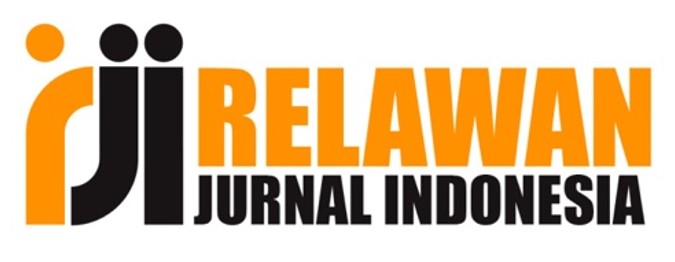STRATEGI PENGEMBANGAN DESA DATARA SEBAGAI DESA WISATA DI KECAMATAN BONTOMARANNU KABUPATEN JENEPONTO
Abstract
The development of tourism in Jeneponto Regency which is focused in South Jeneponto needs to be equalized by developing the potentials of the rural areas, one of which is Datara Village, as superiority in North Jeneponto; otherwise, tourism will never equally benefit all the areas. However, the potentials the Datara Village has in tourism have not been developed yet.
This study aims at (1) identifying the potentials as a tourist attraction; (2) analyzing the internal and external environment, and (3) formulating the strategies used and programs created to develop Datara Village as a tourist destination. The result of analysis of internal and external environment indicated that Datara Village was categorized as fair (on cell V), that is using the general strategies of market penetration and product development. From the SWOT analysis, the alternative strategies were the SO (Strengths Opportunities) strategy which could be tourism product development and market penetration; the ST (Strengths Threats) which could be applied by improving security and comfort, and strengthening the specific characteristics of Datara Village; the WO (Weaknesses Opportunities) strategy which could be applied by developing the basic and supporting facilities and infrastructure, strengthening collaboration and promotion; the WT strategy (Weaknesses Threats) which could be applied by developing the human resources and the groups that were aware of tourism “Kelompok Sadar Wisata”.














